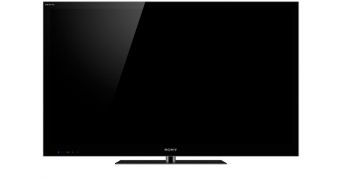It appears that, unsurprisingly, the Internet is gaining prominence as a content platform for TVs and basically every multimedia device type out there, meaning that the next few years will probably bring about a drastic boost in shipment volumes of web-connected electronics.
The Internet became a veritable trove of information almost as soon as it was set up, and it appears that it has now started to influence markets that it had, originally, no stake in.
Basically, TVs and other multimedia devices are no longer strangers to the wealth of online content.
Until not overly long ago, such consumer electronics relied on service and content providers to supply their owners with entertainment venues.
Now that things like Google TV are gaining more traction, and with services like Netflix evolving by the day, more and more TVs and set-top boxes, to name just a couple of possibilities, are getting built with the ability to access the Internet.
So far, web-enabled CE have settled for small software application programs that directly access online portals (Amazon VOD, Pandora, YouTube, Netflix etc.), besides widgets.
Over the next five years, however, Smart TV applications should proliferate, meaning that, by 2014, installed units will number over 230 million.
According to In-Stat, most of them will be sold in Europe and North America, not surprising considering that they are the current major markets.
“Consumer adoption of online applications, using web-enabled CE devices, will be regionalized, or in some cases, country-specific. For example, in China, there is very little licensed video entertainment content available for delivery over the Internet,” said Keith Nissen, an analyst with In-Stat.
“In contrast, the availability of online video entertainment in Europe and North America is expected to grow substantially over the next five years. The primary markets for web-enabled CE devices will correlate to where online video is also available," he added.

 14 DAY TRIAL //
14 DAY TRIAL //